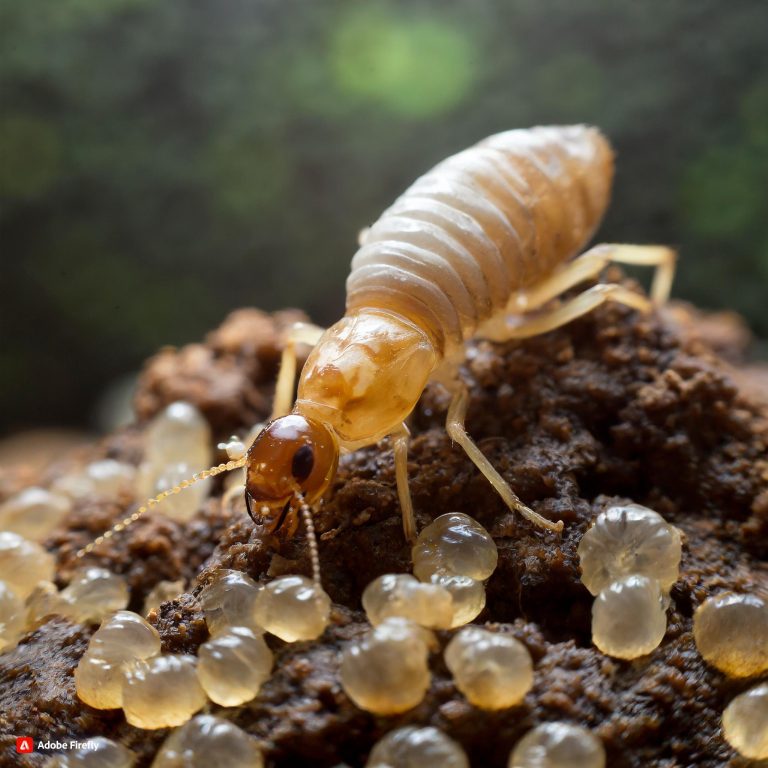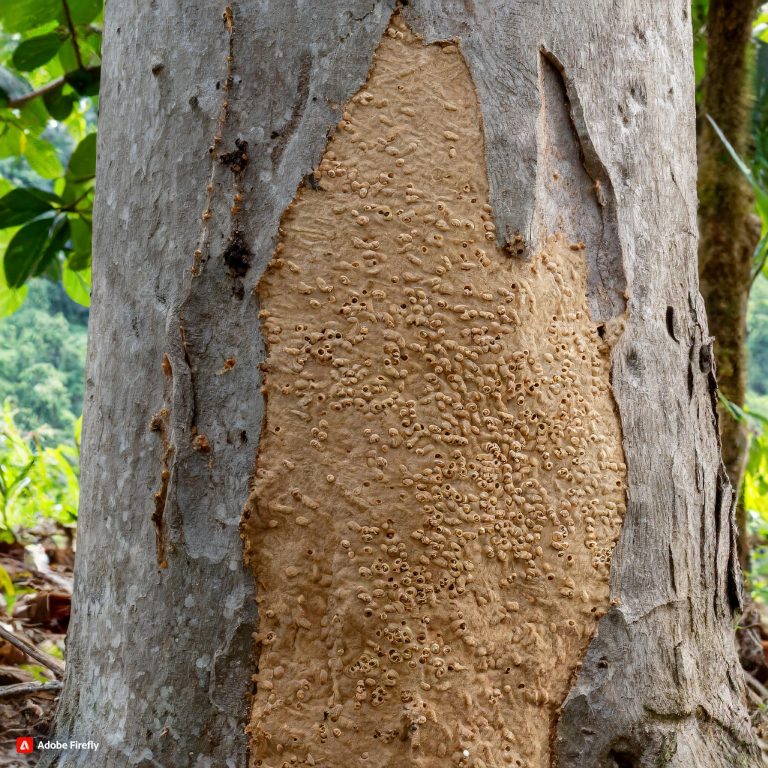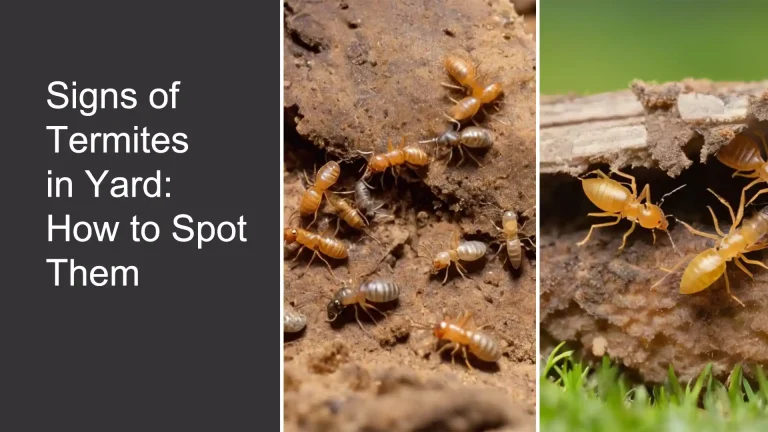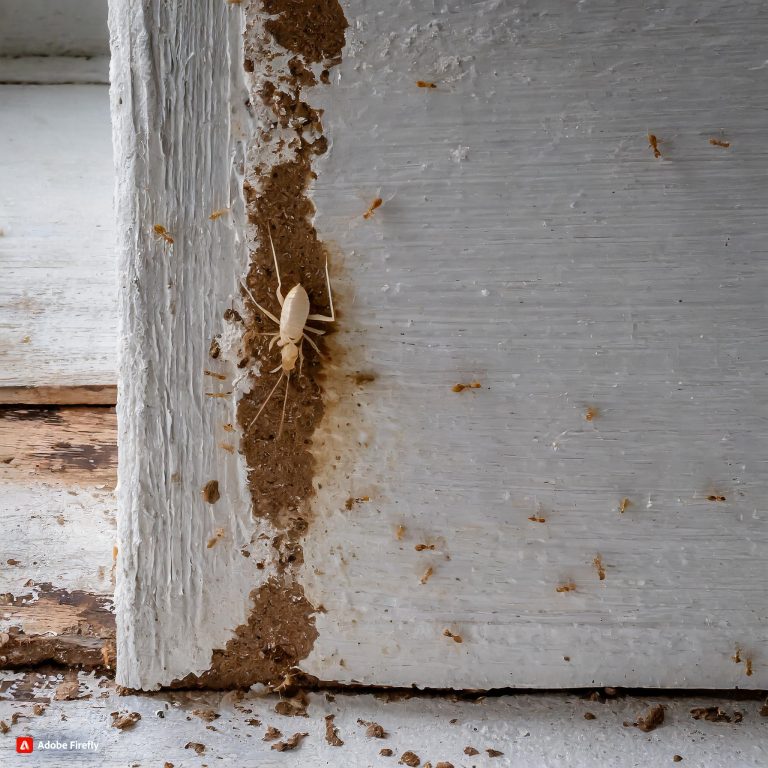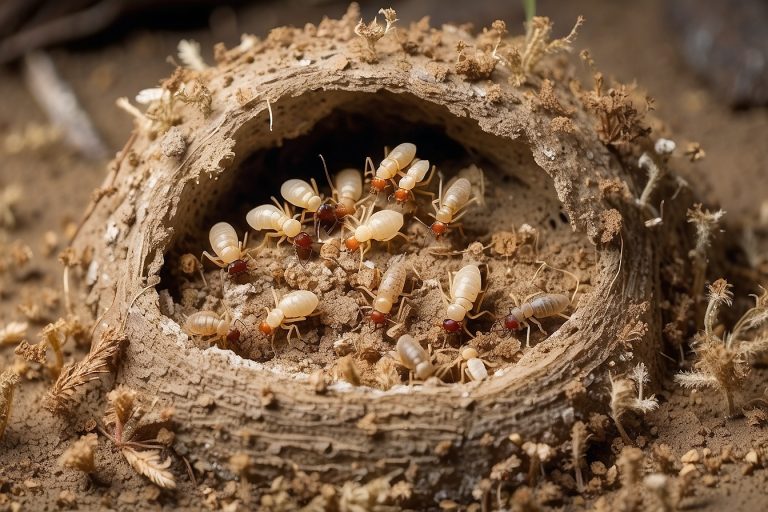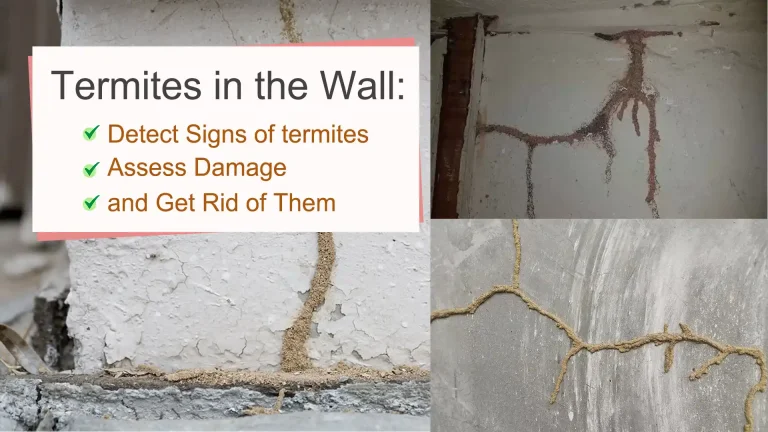What Does a Subterranean Termite Look Like? Facts Revealed
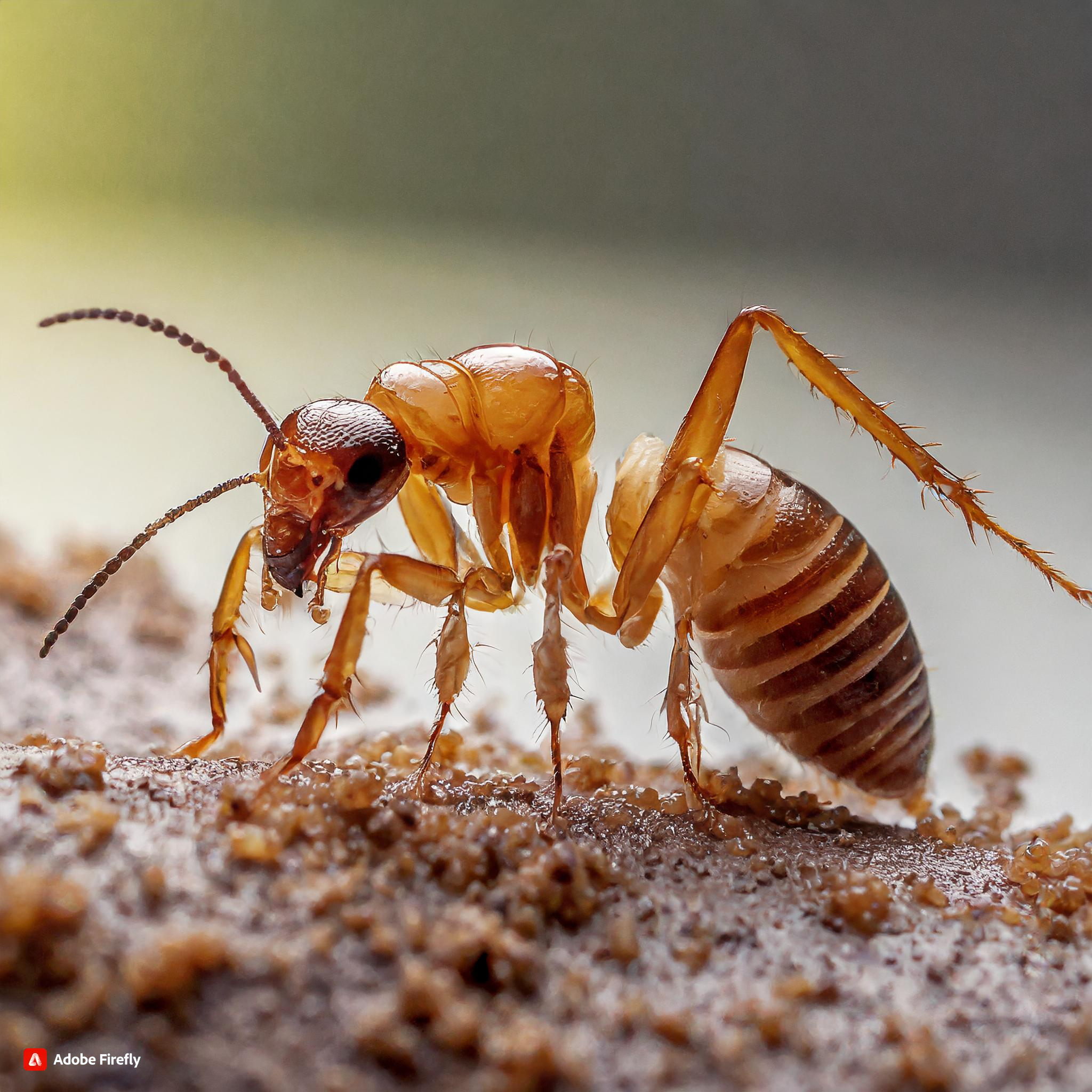
- Signs of Subterranean Termites: Workers, Soldiers, and Swarmers
- What Do Subterranean Termite Nests Look Like? Hidden Underground Colonies
- What Kind of Damage Do Subterranean Termites Cause?
- How to Identify a Subterranean Termite Infestation
- Preventing and Controlling Subterranean Termite Infestations
- Subterranean Termites Treatment Costs: Investing in Effective Elimination
- Effective Subterranean Termite Treatments: Liquids, Baits & Fumigation
- How Long Does It Take To Get Rid of Subterranean Termites?
- Are Subterranean Termites Difficult To Get Rid Of?
- What Does a Subterranean Termite Look Like? Facts Revealed
Subterranean termites are a destructive pest that can cause significant damage to homes and structures. But What Does a Subterranean Termite Look Like? Getting the facts and learning techniques for identification and control is key to preventing termite infestations.
Signs of Subterranean Termites: Workers, Soldiers, and Swarmers
There are three castes of subterranean termites: workers, soldiers, and swarmers. Each type plays a specific role in the colony.
Subterranean Termite Workers
Worker termites make up the majority of the colony. They are soft-bodied, cream to yellowish-white in color, and around 1/4 to 1/2 inch long. Workers feed on wood and other cellulose material which they bite off in small fragments. They carry these fragments back to the nests through mud tubes they construct leading from the soil to the food sources.
Subterranean Termite Soldiers
Soldier termites make up approximately 20% of the colony. They are cream to brown in color with very large mouthparts used to defend the colony from ants and other predators. Soldiers cannot feed themselves – workers take care of them.
Subterranean Termite Swarmers
Swarmers are reproductive termites with dark bodies, eyes, and two pairs of long, robust wings. They leave the nest to swarm and mate, forming new colonies. After swarmers land, they break off their wings and search for mates.
Swarming usually occurs in spring or at the start of the rainy season when temperature and moisture conditions are ideal. If you see swarmers inside or just outside of your home, it likely indicates an active subterranean termite infestation.
What Do Subterranean Termite Nests Look Like? Hidden Underground Colonies
Subterranean termites live in underground colonies in contact with the soil. Colonies can grow very large, containing up to 1 million termites.
They build distinctive mud tunnels from underground to food sources, which allows them to avoid light and open air. You may see these mud tubes travelling up foundation walls or piers. Mud tubes indicate areas where termites are actively feeding.
Nests are usually not visible since they remain hidden below ground. Sometimes you may find shelter tubes constructed over exposed areas to protect termites from light and air circulation. Look for these tubes in crawl spaces, attics, or exterior walls.
What Kind of Damage Do Subterranean Termites Cause?
Termites work like shears, biting off small fragments of wood to carry back to the nests. Over time, this causes significant structural damage.
Subterranean termites can cause more than $5 billion in property damage each year in the U.S. They ruin floorboards, wall framing, sheetrock, baseboards, shelves, and home furnishings made of wood. Termites even eat non-living wood products like paper, baskets, cardboard, newspaper, books, and roots growing under homes.
How to Identify a Subterranean Termite Infestation
Regular termite inspections can help identify subterranean termite activity before infestations get too large. Make sure to get a free termite inspection if you are buying or selling a home.
Signs of subterranean termites include:
- Mud tubes constructed along exterior walls, foundation, and around plumbing fixtures
- Shelter tubes in crawl spaces, attics, and unfinished basements
- Hollow spaces in wood that sound hollow when tapped with a screwdriver
- Sagging doors and floors indicating structural damage
If you spot swarmers emerging indoors or near entry points like window sills, it indicates an active subterranean termite colony nearby. Quickly contact a pest control company for termite identification confirmation and control before major damage sets in.
Preventing and Controlling Subterranean Termite Infestations
There are a few key steps to keeping termites from infesting and controlling existing subterranean termite colonies:
- Eliminate wood debris and form boards that allow contact with the soil
- Ensure crawl spaces have proper clearance and ventilation
- Install vapor barriers in crawl spaces
- Keep mulch, woodchips, scrap wood, tree stumps, etc. away from the home’s exterior walls and foundation.
- Treat infested areas with termite-killing solutions like Thermidor or Vikane gas fumigation.
Getting professional control for subterranean termite infestations is recommended since colonies are large and situated below ground. Treatment typically involves creating a chemical barrier to prevent termites from attacking the wood framing of homes and structures.
Subterranean Termites Treatment Costs: Investing in Effective Elimination
The expansive reach of subterranean termites means treatment requires a comprehensive approach. Expect to invest $1,500-$3,000 for traditional liquid treatments. Cost depends on:
- Severity of infestation
- Accessibility of crawl spaces
- Foundation construction complexity
- Local labor and chemical rates
Fumigation for whole-structure relief ranges $3,000-$5,000. Sealing off and clearing homes prompts temporary displacement – an added headache.
While pricey, consider costs against wood damage repair, which easily exceeds $10,000 if left unchecked. Paying now protects property values and avoids unlivable conditions later.
Alternative lower-cost baits or at-home sprays seem attractive. But these require meticulous applications over months before making gradual progress. Fully eliminating entrenched colonies is unlikely.
Ultimately, skimping on subpar treatments usually necessitates repeat visits costing more long-term. The adage “pay now or pay later” heavily applies for subterranean termites.
Effective Subterranean Termite Treatments: Liquids, Baits & Fumigation
Liquid repellent/killing solutions provide the best control for established subterranean termites. Applied below slabs and along foundations, liquids seep into surrounding soils to penetrate nesting zones. Plus, they create no-entry barriers cutting off structure access.
Tandem interior spot treatments inject liquified insecticide directly into infested wood. This adds reinforcement against remnants trying to recover internally.
As a systemic pesticide, Termidor leads treatments in potency and duration. It transfers throughout connected areas, expanding protection for up to 10 years with a single application.
Baits offer localized nest reduction to limit feeding damage. Slow-acting poisons placed in infested zones pass to nestmates during food sharing. Gradually this causes society breakdown. But baits only affect nearby areas vs. entire networks. Ongoing inspection and bait replenishment is required until subterranean termites fully expire.
Vikane gas fumigation works fastest for whole structure disinfestation. Tenting traps penetrating fumes that asphyxiate drywood termites on contact. No colony can hide as vapors diffuse through inaccessible crevices. When complete, no additional chemical residues linger. This enables immediate re-occupancy once ventilation clears gases.
Fumigation eradicates mature colonies along with eggs and larvae to immediately halt widespread feeding. No other method works as quickly on diffuse infestations inside homes and buildings. Used conservatively, Vikane plays a unique role in termite elimination not replaceable by sole reliance only on liquids or baits.
Integrated use of two or more solutions tailored to specific scenarios prompts the most successful treatments. Ridding properties of subterranean termites relies on custom combinations based on expert recommendations – not guesses or one-size-fits-all assumptions.
How Long Does It Take To Get Rid of Subterranean Termites?
Completely eliminating subterranean termite colonies takes 2-3 months on average. Why the lengthy timeframe?
Direct nest treatments take time penetrating dense soils. Liquid Termidor drenches seep slowly downward while dispersing sideways. Contacting the entire nest requires patience as solutions diffuse outward from points of application.
Secondary dying off follows nest site absorption. Terminally affected termites often retreat deeper underground before expiring. Until the entire network succumbs, surviving pockets keep feeding and spreading damage if left unchecked.
Ongoing inspections ensure treatment zones are expanding adequately until experts confirm initial knockdown. Once confident nest elimination is imminent, focus shifts to fortifying the property’s exterior against future fights.
Applied barrier sprays prevent new soldiers from burrowing in from surrounding lands. Combining interior soil drenching with an exterior perimeter defense minimizes re-infestation risks once elimination completes. Stay vigilant and keep areas around your home’s foundation free of wood debris that attracts invasive termites.
Plan for quarterly monitoring for 1 year post-treatment. Technicians check previous activity zones and moisture management. Annual follow-ups then help confirm protections hold long-term without need for renewal. Complete extermination success takes time and persistent verification.
Are Subterranean Termites Difficult To Get Rid Of?
Eliminating subterranean termites poses substantial challenge due to their remote underground colonies spreading extensively unseen. However, advances in liquid repellents/insecticides make elimination very doable. Products like Termidor effectively penetrate hidden tunnels to interrupt societies.
Key reasons subterranean termites no longer rank among the hardest pests to overcome:
Precision soil treatments – Modern sub-slab injections saturate large below-ground areas where colonies hide. This comprehensively impacts entire nest populations.
Transferable poisons – Once nest members ingest Termidor, they pass toxins interchangeably through social feeding. This expands fatal impacts beyond initial contact points.
Duration of protection – Applied solutions repel and kill subterranean termites for years without re-application. Long-lasting security reduces reinforcement needs.
While still requiring significant effort, subterranean termites now succumb more easily than the days of scattered bait traps or relying solely on perimeter sprays missing underground zones. Utilize expertise and advanced chemicals, and successfully win the war against these highly destructive pests.
What Does a Subterranean Termite Look Like? Facts Revealed
In summary, key facts on identifying subterranean termites include:
- Creamy white soft workers that grow up to 1/8 to 1 inch long
- Brown soldiers with big mandibles to protect the colony
- Dark-winged swarmers that establish new nests
- Mud tubes built over walls and foundations leading to food sources
- Hollow damaged wood that sounds hollow if tapped
- Swarmers emerging indoors signaling a nearby infestation
Learning what subterranean termites look like in their various forms, habits, and signs of damage is crucial for early identification and control. If you suspect an issue, contact pest control specialists to prevent further infestations that risk the safety and value of your home. Implement preventative measures like proper ground clearance and moisture control to keep these destructive pests away for good.

